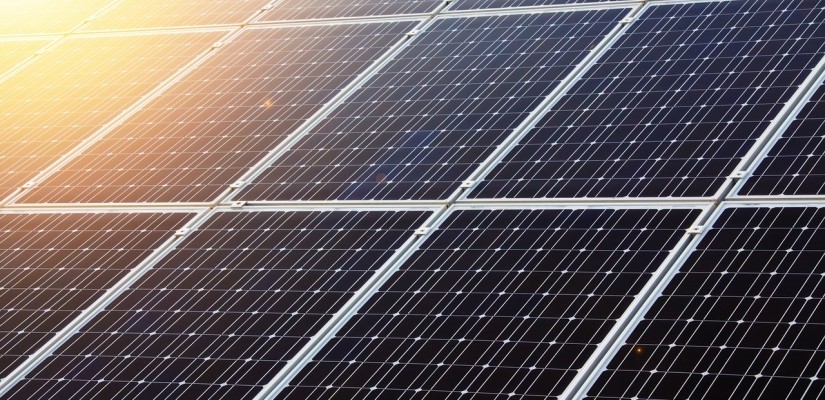Energy in India is mostly generated from fossil fuels. As one of the world’s largest coal consumers, India is heavily reliant on the resource to supply the country of 1.4 billion people with energy. As climate change is increasingly addressed among policymakers around the world, solar power is expected to gain momentum in India, competing with fossil fuels. Meanwhile, electricity demands are projected to continually grow in India, compelling the country to remain dependent on coal to meet these demands. The risk of this situation is that India’s greenhouse gas emission levels will rise in the coming years despite an increase in renewable energy rates.
The conditions for India’s green energy objectives are favorable as solar and wind become increasingly affordable sources of energy. Prime Minister Narendra Modi’s government reports that solar energy tariffs in the country are particularly low. The government anticipates a capacity of at least 40% coming from renewable energy sources by the year 2030, achieving goals set by the Paris Agreement on climate change to reduce carbon dioxide (CO2) emissions. At the same time, Indian energy policy makers anticipate a reduction of coal use in the country that could establish an energy share of approximately 50%.
India’s solar power market is developing fast. In late 2018, India generated the fifth highest installed solar capacity in the world. By 2022, the Ministry of New and Renewable Energy plans to raise the bar and reach 175 GW of renewable energy capacity, out of which 100 GW will come from solar power. This will constitute a fourfold increase of the attained solar capacity of 24 GW that was recorded in October 2018.

Expectations for India’s dominance on the solar power market are high given that India has surpassed the United States and become the world’s second-largest market in terms of solar energy installations. The country has become a global market leader in solar energy equipment, paving the way for world-leading expertise in solar-based electricity. Investment in the Indian market is accordingly high. As of 2019, investment in renewable energy projects superseded those in fossil fuel-related deals for three consecutive years. Between April 2000 and March 2019, the Indian Ministry of Commerce and Industry recorded 7.8 billion USD foreign direct investment inflows in the non-conventional energy sector. Support by India’s Ministry of New and Renewable Energy has also facilitated the growth of India’s solar electricity equipment market. Goals of the ministry include the affordability and reliability of renewable energy.
Prime Minister Modi’s administration places central focus on supplying all regions of the country with electricity, even remote rural areas. While the government reported in 2018 that every single village in the country was provided with electricity, some villages indicated as little as 10% of households had access to energy supply. Therefore, roughly 200 million people are reportedly still unattached to the power grid. Installing small solar panels and solar community networks in remote areas could solve this problem and raise total energy access levels. Construction and transmission costs of conventional electricity grids could thus also be bypassed.
Despite numerous positive outlooks for India’s energy industry, energy demands and climate-related risks are expected to rise in the near future. Relationally, India is not consuming a vast amount of energy in spite of its large population size. The country reaches only about a third of the global average in per capita energy consumption. Forecasts suggest that the financial wealth of Indians will gradually rise in the future and so will the demand for energy. Gas and oil giant BP estimates that India’s energy needs will double by 2040, ascribing the country an 11% share of the world’s primary energy demand. Considering that India will still need to strongly rely on coal in order to provide for domestic energy demands, CO2 emission levels produced from coal are projected to double as well. According to BP, India will produce 5 gigatons of CO2 in 2040, raising its share of the world’s total emission from 7% in 2019 to 14% in 2040. These forecasts suggest the critical importance of India’s participation and cooperation in an international effort to mitigate risks of the climate crisis. As it stands, the country appears to be taking steps towards raising the relevance of renewable sources in its energy industry.
